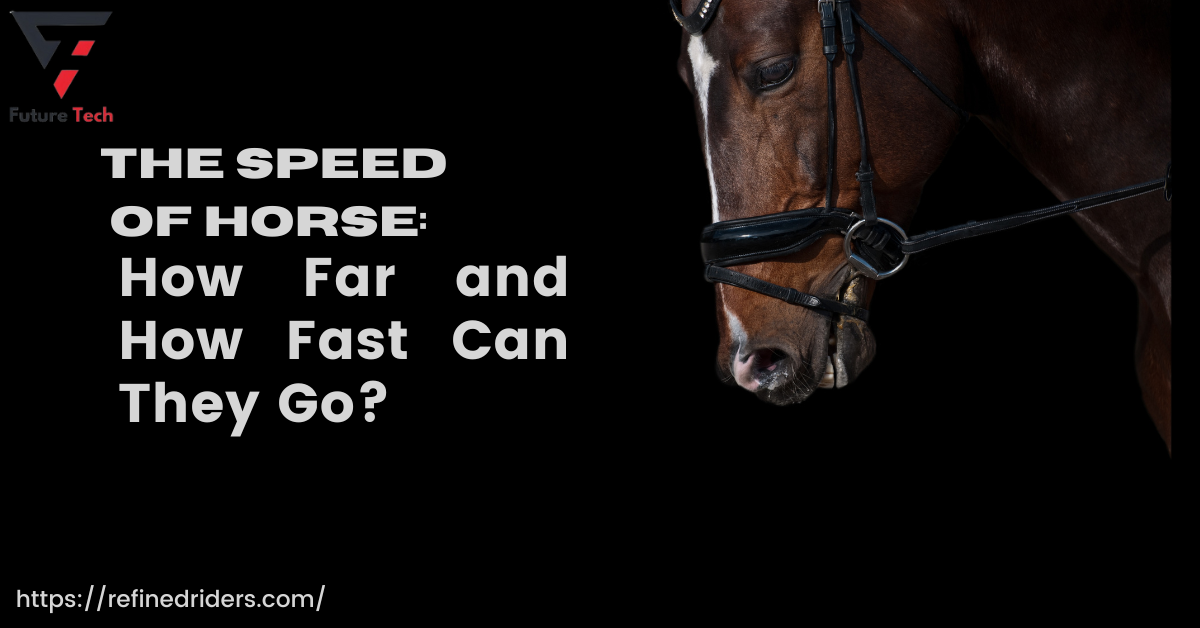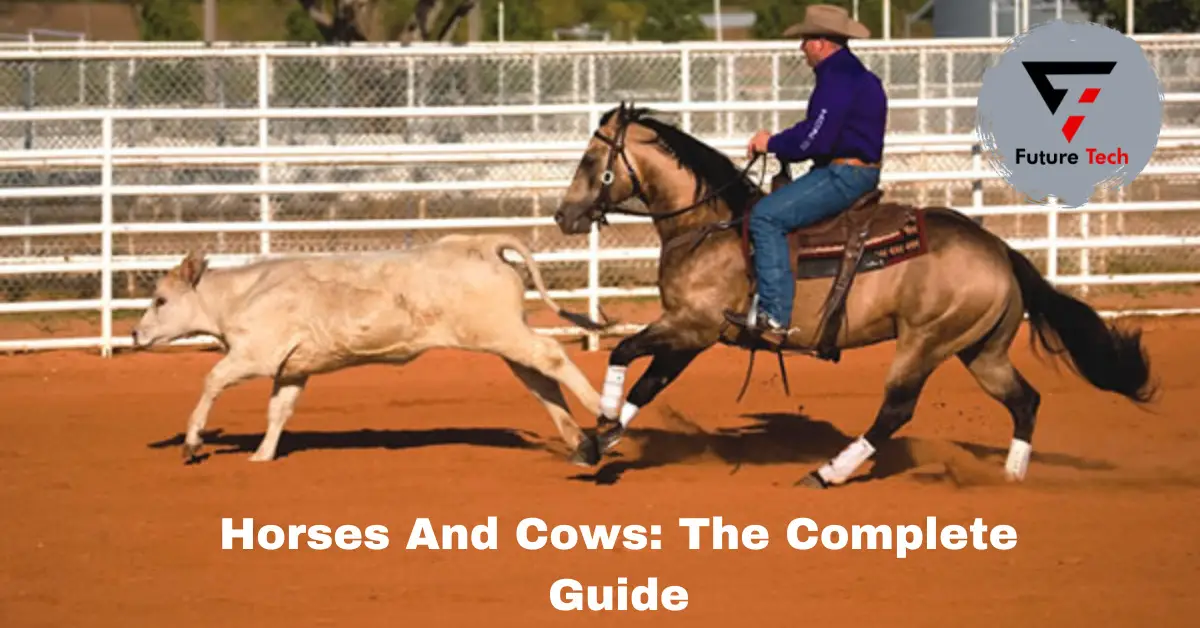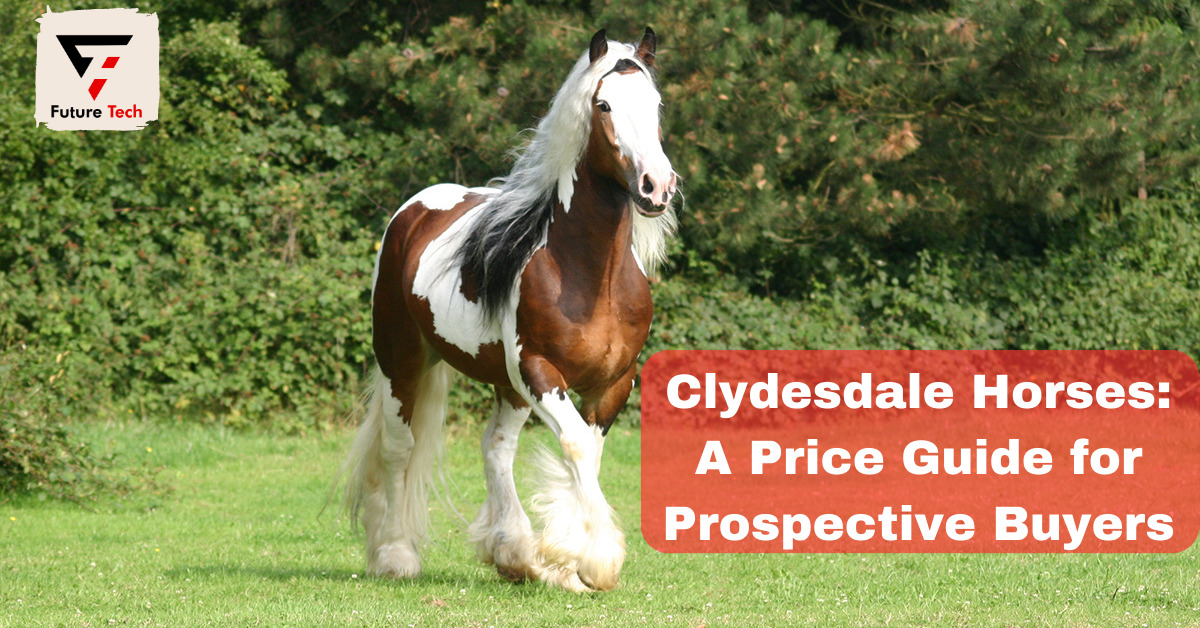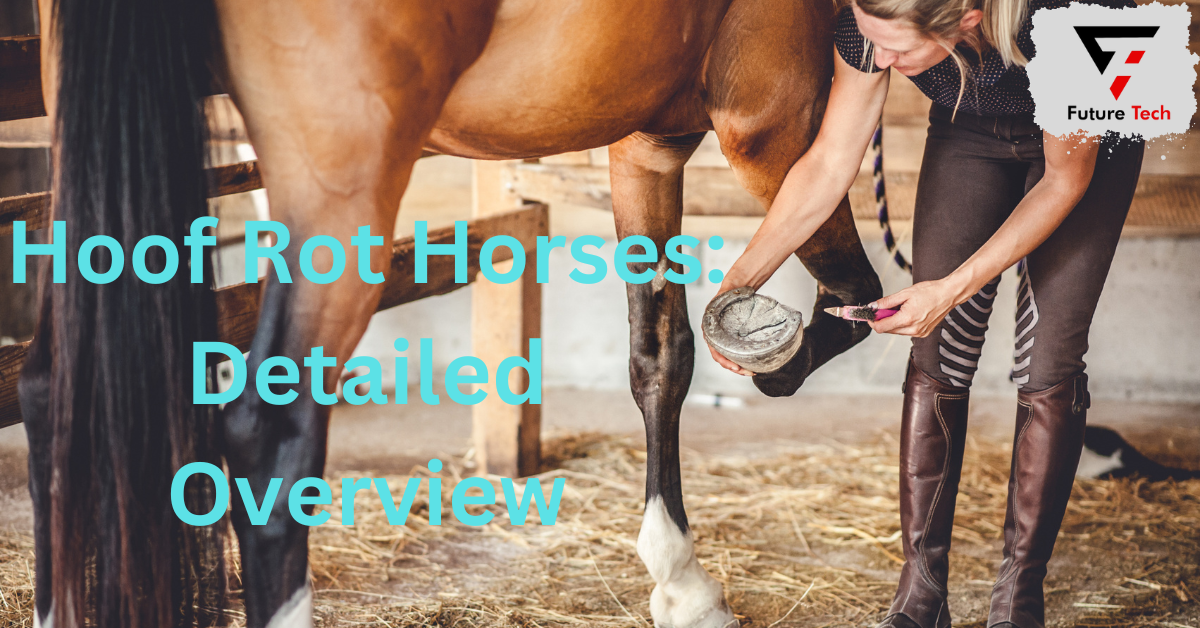Horses are amazing animals with which man has developed a forever affinity over the years. While a dog may be called “man’s best friend,” a deep bond with a noble horse is possible. Because of their ability to work together with humans, horses became produced to grow over time. Between horses and riders, there is an apparent team effort and relationship that results in many successes that have been done and are still being produced worldwide. These horses’ immense stamina. The capacity to maintain the speed of the horse.
Understanding horses’ gaits is essential before deciding how far they can run. Horses have four different movements. Galloping, cantering, and trotting are the three running gaits, with galloping being the fastest and the slowest. Walking is the last gait. A horse can cover much ground while walking and with regular water breaks.
Beware that Pushing your horse too hard or too far is never a good idea. The level of fitness and training a horse has received will play an important part. Long-distance horses require important conditioning to be able to do so. Before trying a quick, long-distance ride, one should ensure the horse has enough exercise and fitness.
1. Things You Need To Know
- How Fast Can a Horse Run
- How Far Can A Horse Go Without Stopping?
- What Is A Horse’s Maximum Speed Capable of?
- Can a Horse Carry a Rider on Its Back And Travel How Fast And Far?
- What Effect Does Terrain Have On A Horse’s Ability To Be Ridden Faster And Further?
- What Are the Speeds of Different Gaits?
- What’s the Fastest Horse Breed?
- What Factors Affect A Horse’s Speed?
1. How fast can a horse run?
One of the most exciting experiences one may have is riding a horse at full speed, which has enthralled people for generations. A horse can reach an average speed of 55 km/h while running at a gallop. The historical record for the fastest gallop was over 89 km/h. Running at such speeds uses a lot of energy; thus, it can only maintain these speeds for a short time. This time depends heavily on the horse’s degree of fitness.
A horse’s speed is primarily affected by breed type, age, agility, and endurance. A horse can sprint up to thirty miles per hour (mph) at its fastest. Some breeds, such as the Quarter Horse and Thoroughbred, were developed especially for racing and are much quicker than others.
A horse at full speed (at a gallop) may travel up to just over 3 kilometers before becoming tired. A well-trained horse, however, may travel 30 to 50 kilometers in a day if the motions differ with canters and walks (while allowing its numerous pauses in between to regain strength). However, this depends entirely on the horse and varies widely depending on the horse’s degree of fitness, training, endurance, and even breed, with certain breeds of horses having more incredible stamina than others.
2. How Far Can A Horse Go Without Stopping?
If you are rushing with your horse freely or involuntarily (we’ve all seen those “after-spook” unexpected gallops), you usually still have that 3 km window before your horse’s endurance starts to wear out and you start to slow down. A healthy horse can go at a trot or canter for seven hours before their stamina runs out.
Unbalanced footing, rocky terrain, and other landscapes will stress your horses’ legs and feet. Of course, other factors, such as the surface and bottom, will also be at play. Humid and hot conditions cause your horse to lose water and electrolytes through sweat. In practice, this means taking more rests and, if your horse gets, possibly even stopping the ride.
Instead of riding at a faster speed, which reduces both distance and time owing to the wear and tear on the horse, many people choose a slower pace to optimize the space their horse covers in a day.
3. How Fast Can A Horse Go At Top Speed?
Horses are mighty animals capable of reaching unbelievable rates. Their ability to move quickly depends on several factors, including their breed and fitness level.The fastest gallop has a speed of 88.5 km/h. Racehorses, however, usually travel at 60 to 74 km/h or so. American quarter horses are the fastest breed, followed by Andalusians and Russian Trotters, who claim to be the third fastest breed.
While thoroughbreds are in the top 10 fastest breeds, they cannot be the quickest, according to popular belief. However, they do hold the record for the fastest 400-meter sprint. Winning Brew, a two-year-old Thoroughbred, set the form at the Penny National Race Track in 2008 with a time of 70.76 km/h.
4. Can a Horse Carry a Rider on Its Back And Travel How Fast And Far?
As stated in the previous paragraph, racehorses can go at an average pace of 60 to 74 kilometres per hour. However, when carrying a rider, this average speed lowers to 32 to 48.5 kilometres per hour. A horse can travel around 3 kilometres while carrying a rider at peak speed.
But in a race environment, it covers a further distance of about 8 km at a quick pace. In the annual “Men’s vs Horses” marathon, which pits humans and horses against one another across 35,4 km (22 miles), William Jones, riding Solitaire, set the fastest time with a timing of one hour and twenty minutes.
5. What Effect Does Terrain Have On A Horse’s Ability To Be Ridden Faster And Further?
Long stretches of flat, even ground are more accessible to travel than paths that are uneven and full of obstacles, and the terrain of a ride significantly affects the distance and speed during an outride. If a track is not kept up properly, it can stress the horse’s limbs more when used for racing. The horses may exert more effort at each step due to wet areas and uneven footing, causing the hooves to sink significantly into the surface. This may greatly decrease the horse’s top speed.
The identical result can be seen when navigating rugged terrain (often on trail rides), such as shaky ground. The horse typically slows down to avoid injury on uneven, rocky, muddy, or sandy terrain because these conditions can harm both its joints and hooves. The additional effort required to tackle these obstacles will also affect the horse’s ability to move over the flat ground.
6. What Are The Speeds Of Different Gaits?
Four basic horse gaits occur. The four-beat walk is the fourth fastest. The two-beat trot, similar to a job, is the next step up. The speed is the fastest, with the three-beat canter coming in second.
Between 8.1 and 17 mph is the speed range of the trot and canter. A galloping horse may go at speeds of 25 to 30 mph. However, the horse’s breed and training can significantly affect this. Essentially, some horses run faster than others.
7. What’s the Fastest Horse Breed?
You can do this regardless of how far you want the horse to run. One of the fastest horses over shorter distances is the American Quarter Horse. Their top speed is around 55 mph. But over longer distances, the Racehorse Horse typically wins. Typically, they gallop at a speed of 44 mph. However, at this speed, they can run for a longer time. They have more tolerance.
The Arabian follows, moving at about 34 to 40 mph. They are better for short distances. Appaloosas can run in all ranges and travel at about 30-41 mph speeds. Standardbred, Mustang, and Akhal-Teke can all reach speeds of 30 to 49 mph.
8. What Factors Affect A Horse Speed?
Type and genetics: Some breeds are faster or more muscular by nature.
Training and fitness: A horse with proper training and conditioning will be physically fit and able to perform at a higher level and run faster.
Age: Horses’ physical abilities can decrease, resulting in slower speeds.
Health and essential fitness: A horse that is ill or physically unfit might not be able to run as fast as it can.
Surface and conditions: A horse’s speed can affect the type of terrain and weather conditions. For instance, compared to firm, flat-footing, muddy or uneven ground may cause a horse to move more slowly.
Weight and riding background: the rider’s size and level of skill.
Final Remarks:
A horse never ran faster than 55 mph. The fastest horse breed in the world, the American Quarter Horse set this record speed. With all of those variables taken into account, it is essential to remember that every horse, even those belonging to the same breed, is different. A horse’s capacity for speed and distance is heavily affected by its physical condition, the sort of training it has received, the pace of the ride, the terrain, and even the equipment.




